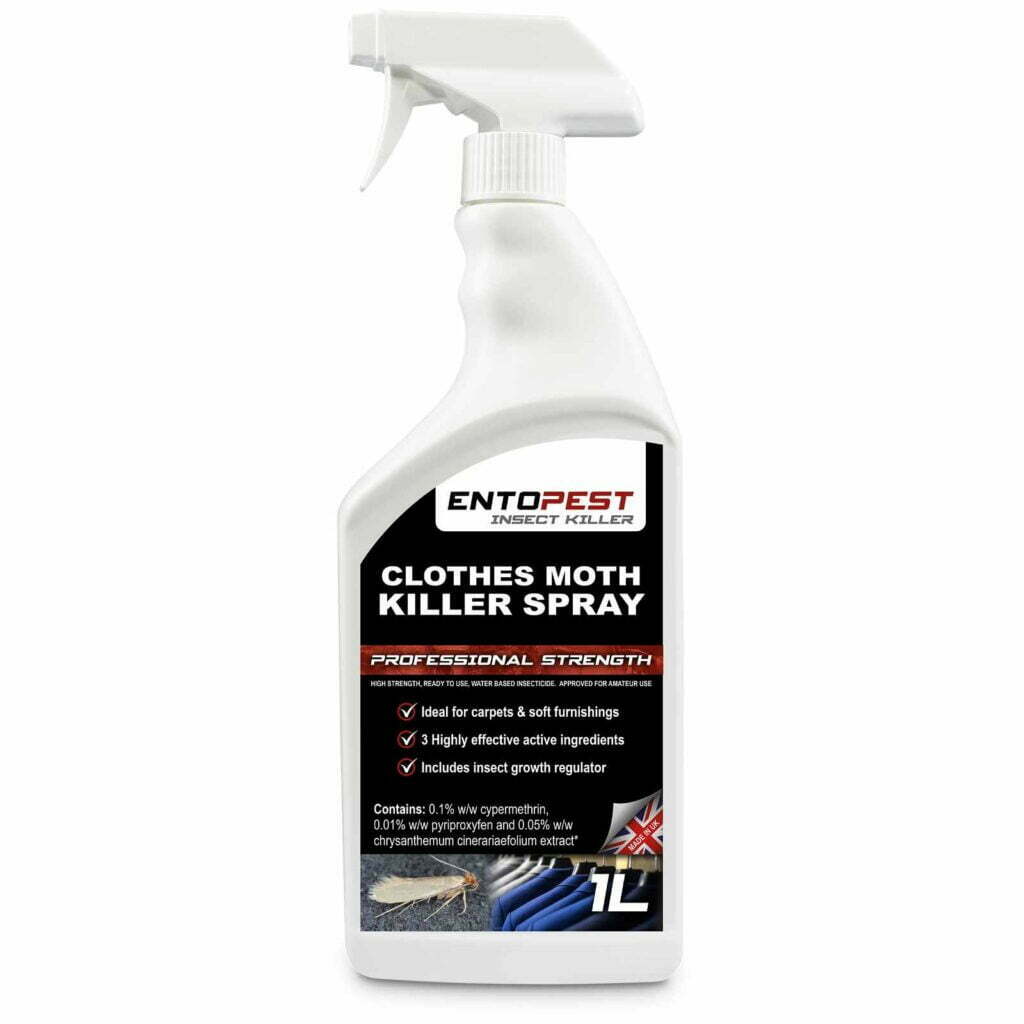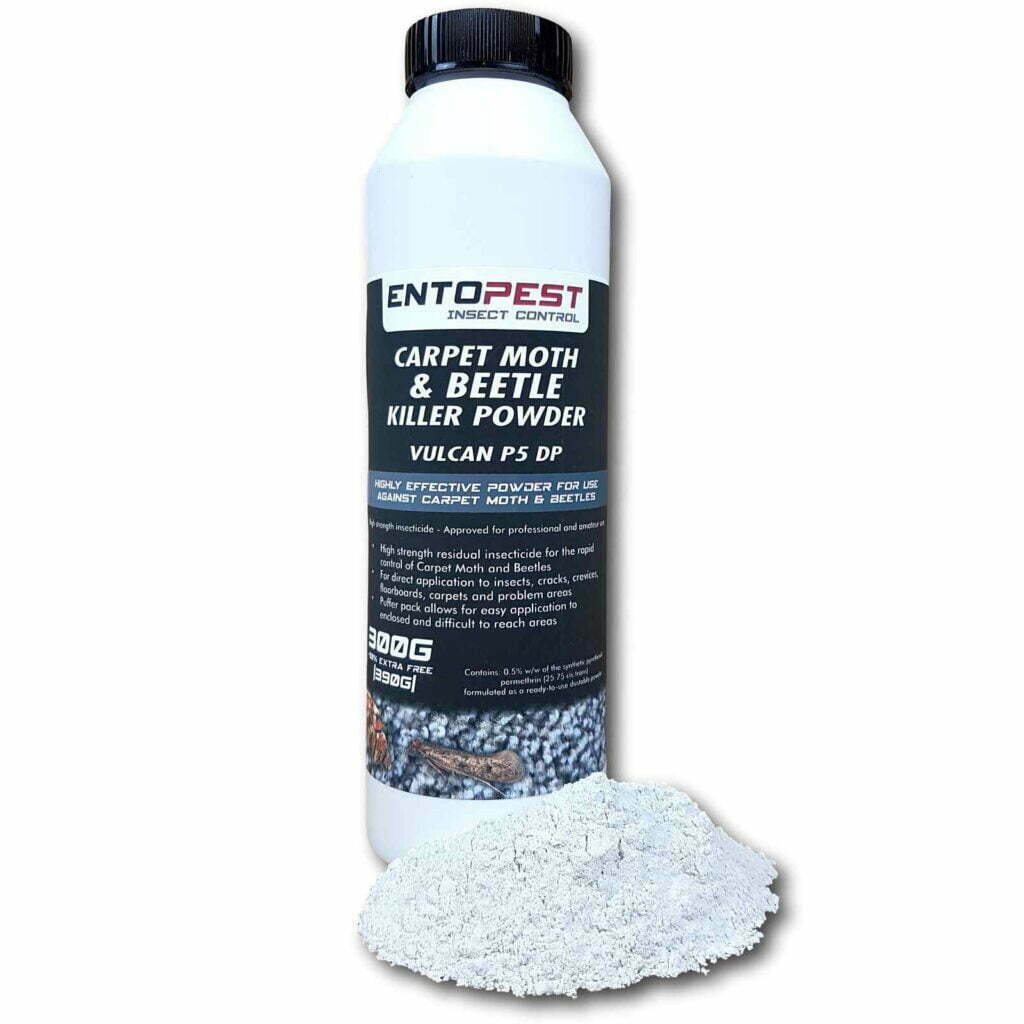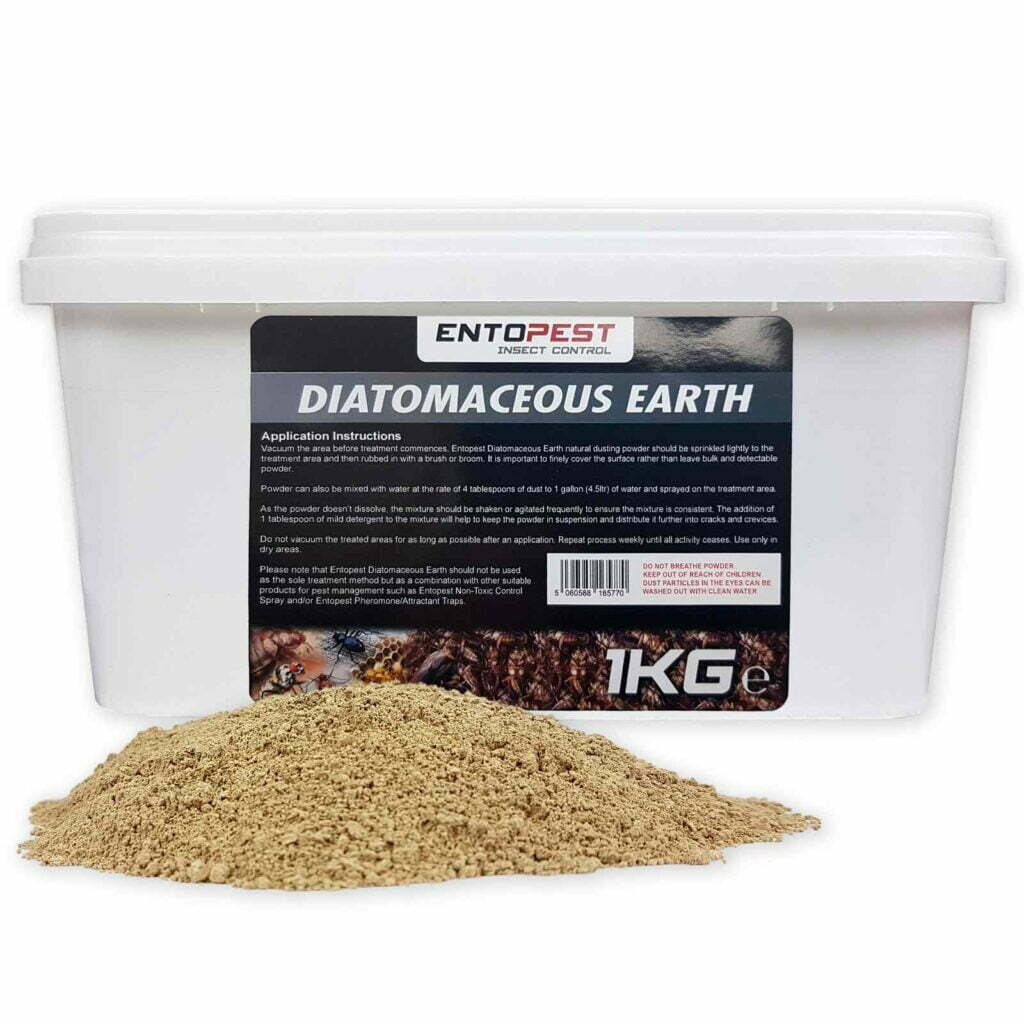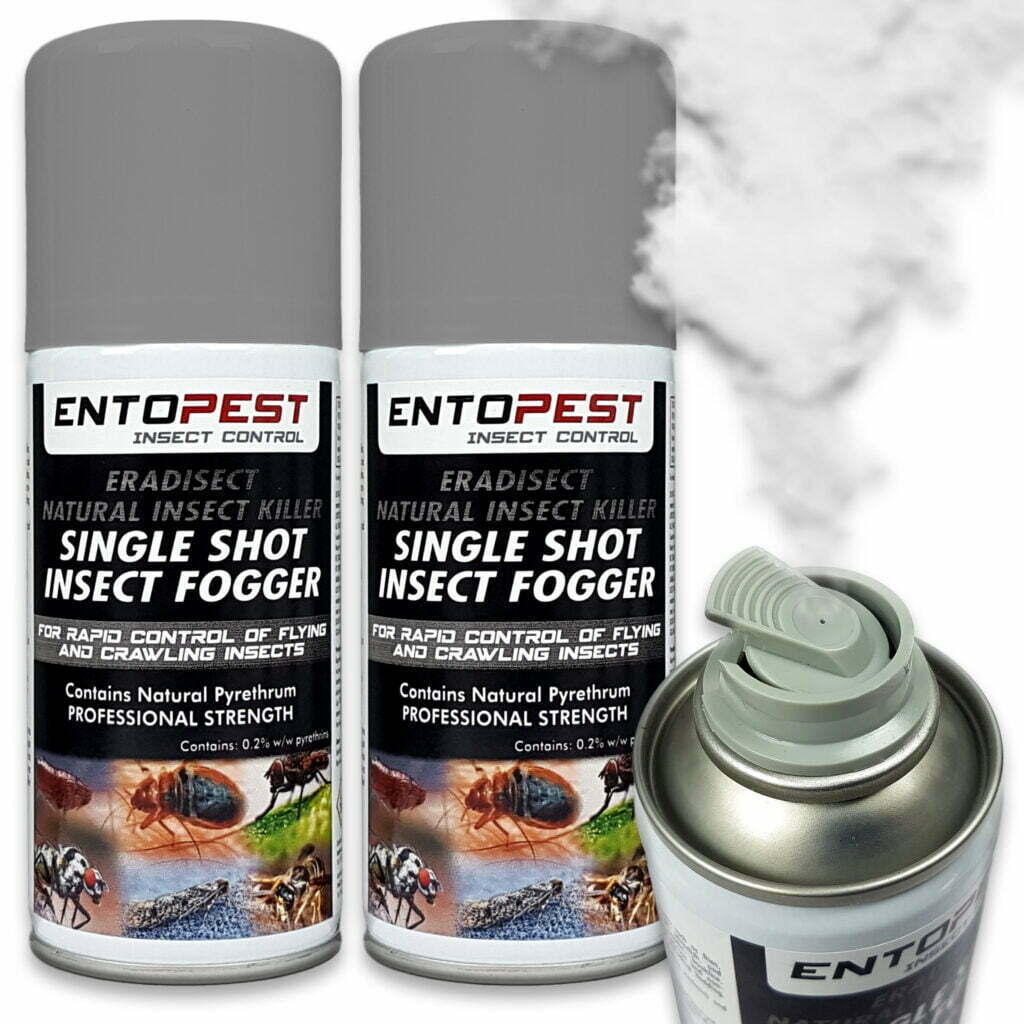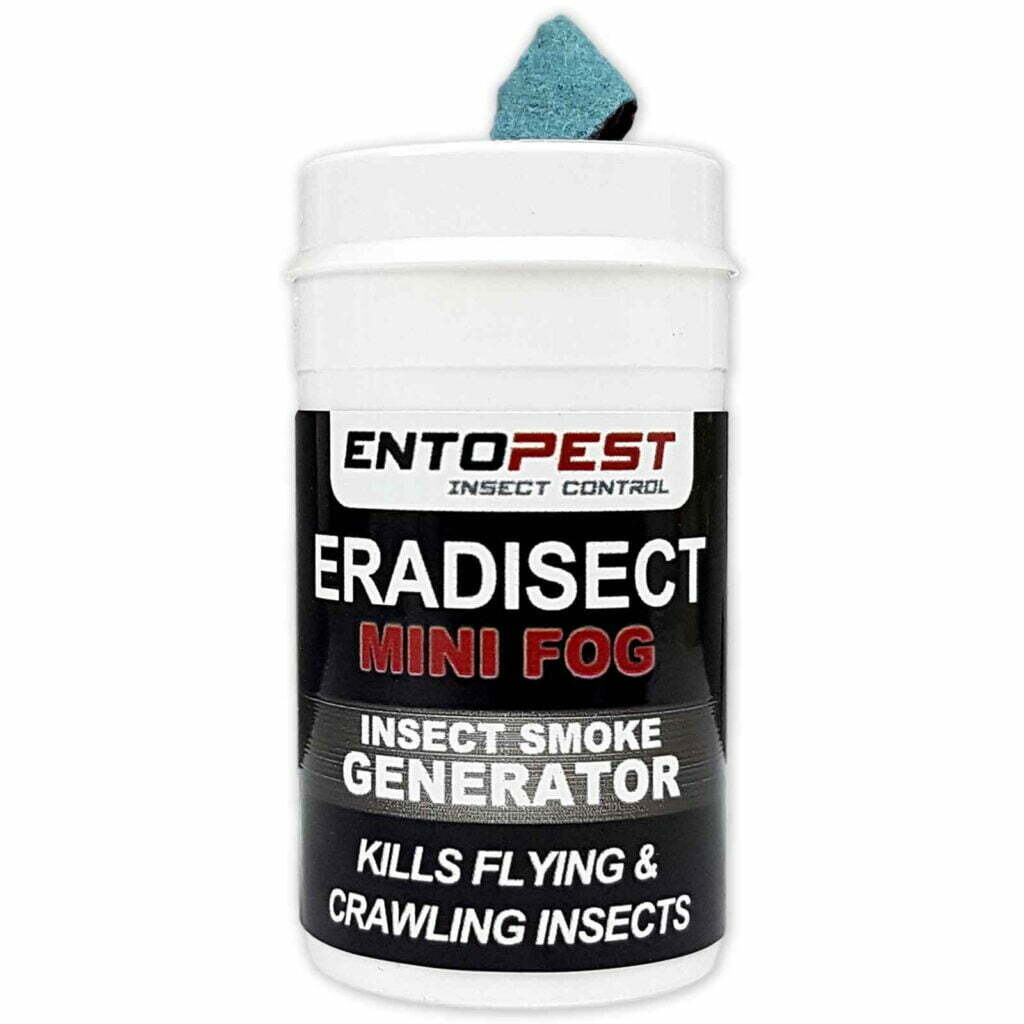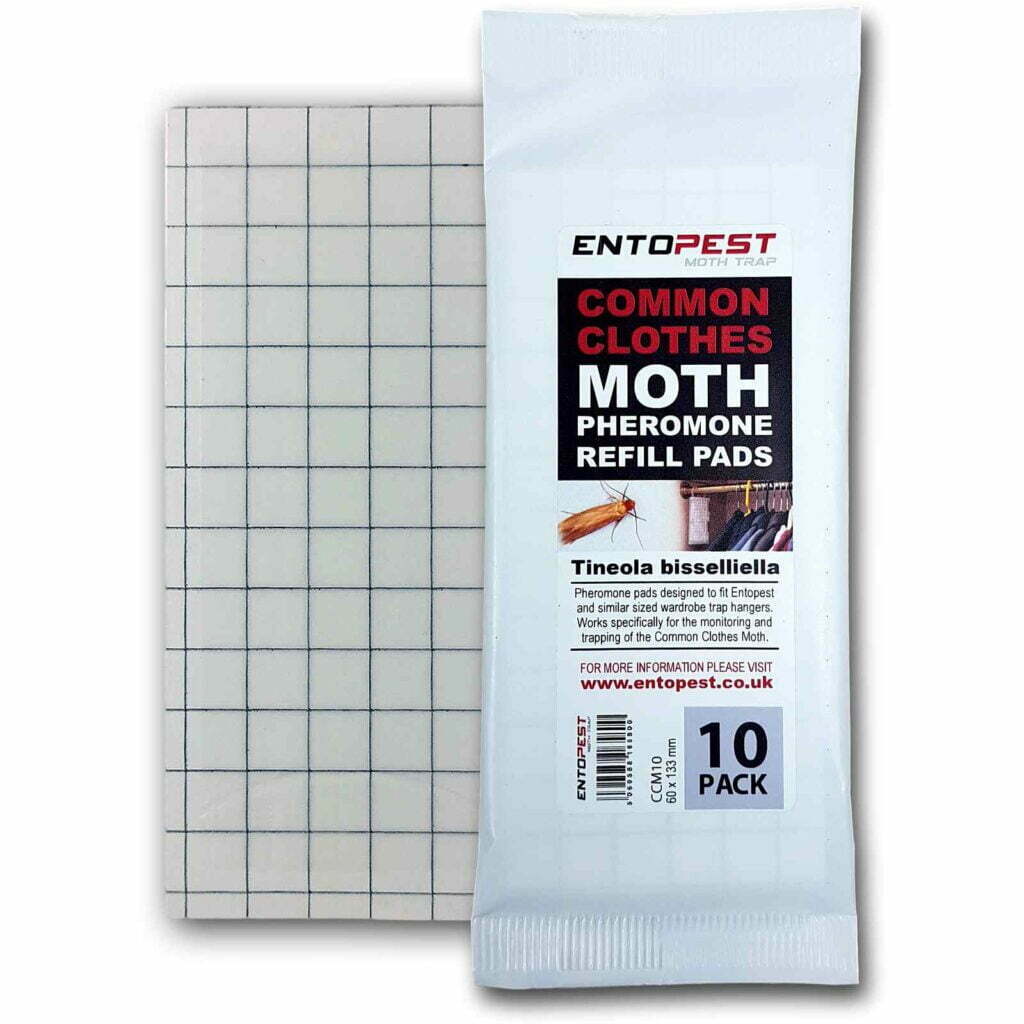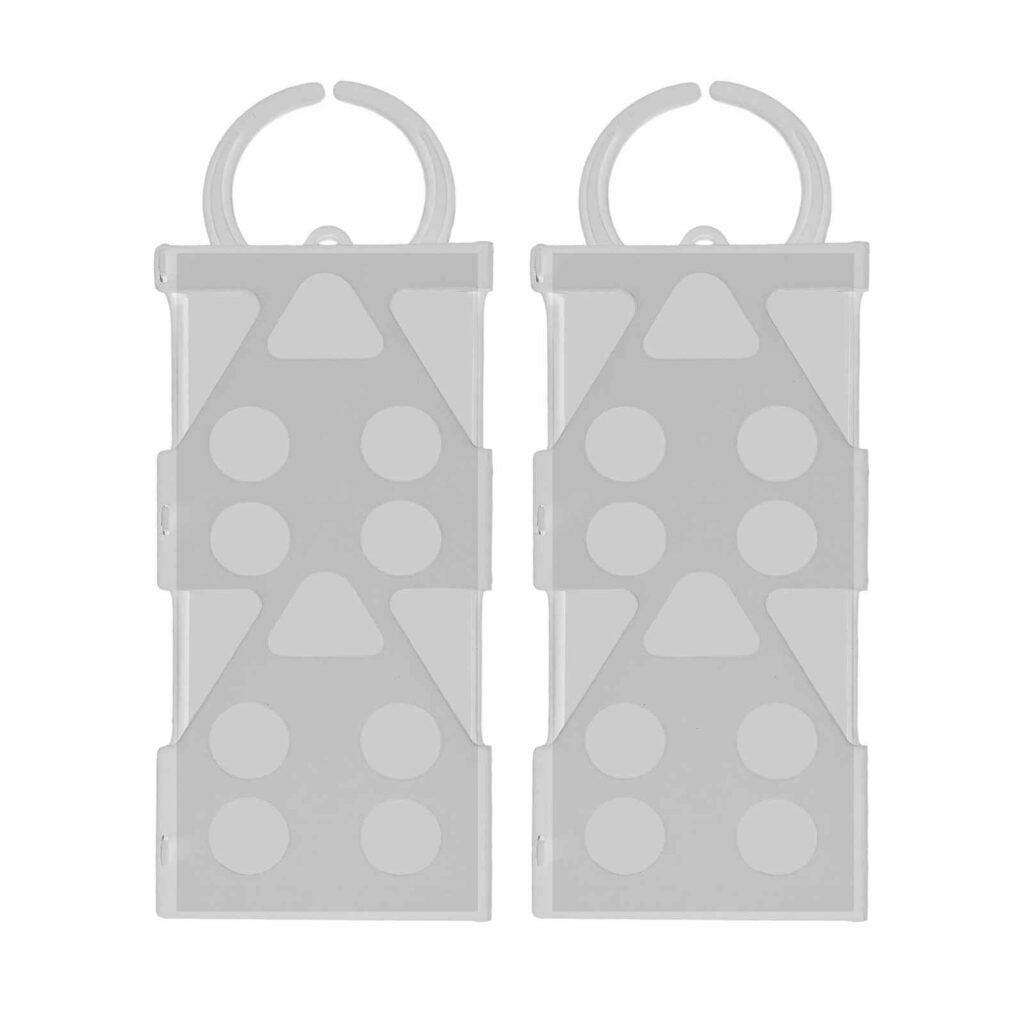 The Pale-backed clothes moth (Monopis crocicapitella) is a ‘new’ variant of clothes moth that has recently joined the family; this moth has been gradually increasing in population, and now it’s often regularly found within both residential and commercial properties. The moth is not as well documented compared to the other variants of clothes moth; however, they seem to be considerably less likely to cause extensive damage; however, they will feed on textiles and other natural materials such as fur.
The Pale-backed clothes moth (Monopis crocicapitella) is a ‘new’ variant of clothes moth that has recently joined the family; this moth has been gradually increasing in population, and now it’s often regularly found within both residential and commercial properties. The moth is not as well documented compared to the other variants of clothes moth; however, they seem to be considerably less likely to cause extensive damage; however, they will feed on textiles and other natural materials such as fur.
The moth is extremely easy to identify due to the top beige stripe on the top back of the wings; these moths, as mentioned above, are less likely to cause extensive damage and often are not associated with clothing but seem to have a preference for loose hair debris located around the house. Pale-backed clothes moths are associated with dead animals, especially rodents, faeces, guano, and food-based products such as spilt foods.
No particular pheromone is produced for this moth; however, extensive research and testing have shown that the pale-backed clothes moth is attracted to the pheromone of CCM and trapping seems to have a partial effect, especially with more extensive infestation. We recommend any pheromone use is initially undertaken as a test as mixed results are likely to occur.
Treatments of this moth should be more focused on cleaning, especially within enclosed environments such as the gaps under skirting boards and behind plinths of a kitchen cupboard. In addition, any rodent or bird activity should be investigated, and control is undertaken.


